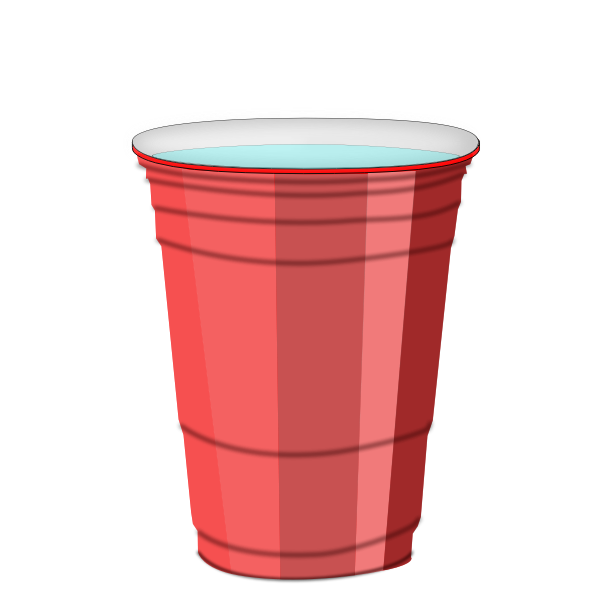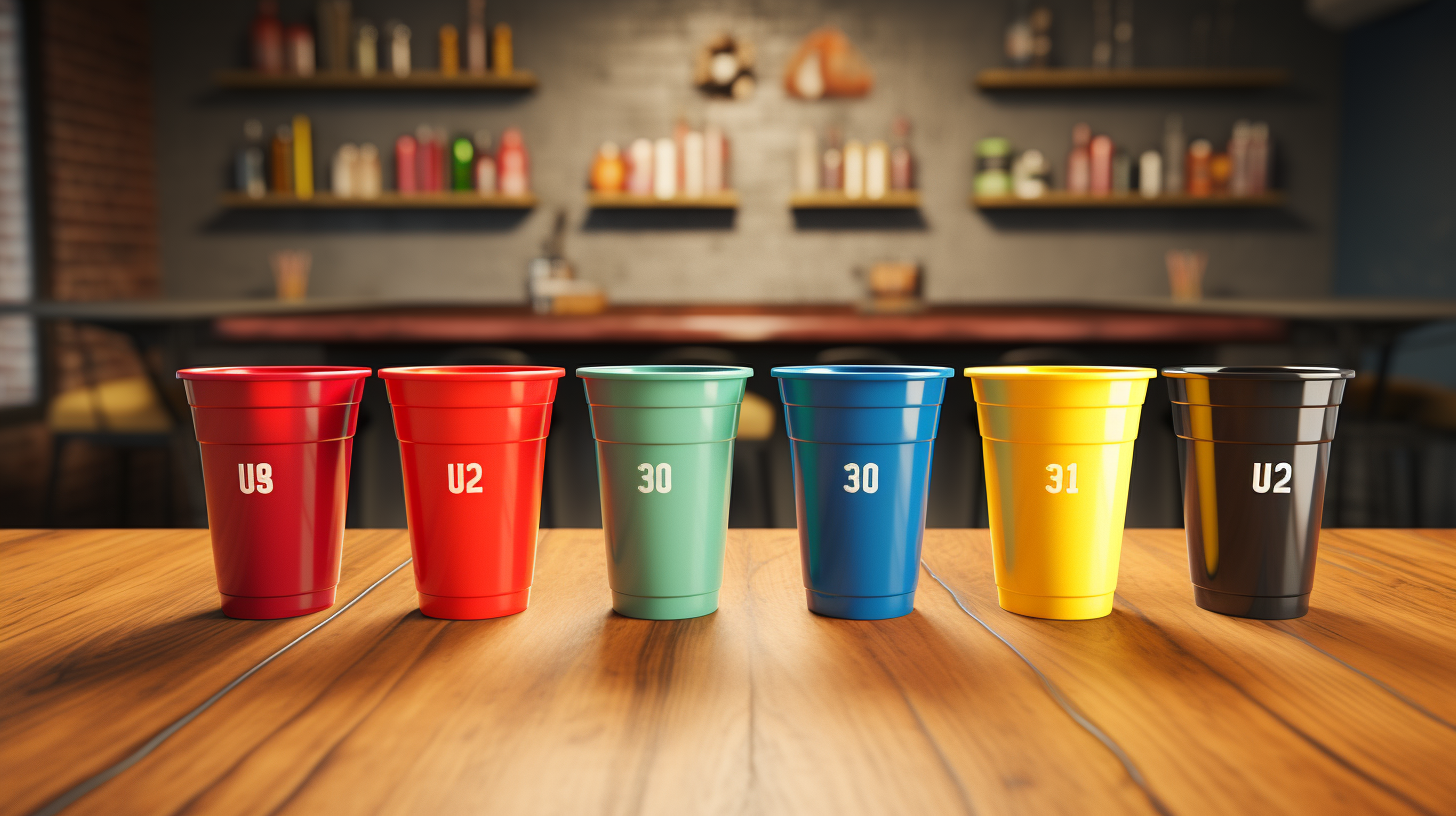How Many Players are Needed for Flip Cup?
Introduction
Gather ’round, party-goers, because today we are diving headfirst into the world of flip cup! This classic drinking game has gained immense popularity in recent years, both on college campuses and at social events. But the burning question remains: how many players are needed to play flip cup? Fear not, for I, your trusty drinking game expert, am here to provide you with all the knowledge you seek!
Understanding Flip Cup
Before we delve into the specifics of player requirements, let’s take a quick refresher on how flip cup is played. Flip cup is a team-based relay race-style game that involves coordination, speed, and a whole lot of fun. The objective is simple: each player must chug their drink, then promptly flip their cup upside down by flicking the rim with their fingers. Once the cup lands in its rightful position, the next player on the team can begin.
The game continues in this manner until one team successfully flips all their cups. The first team to do so wins the game, and typically, the losing team has to take a penalty shot or finish their drinks.
Minimum Number of Players
Now, let’s address the important question at hand: how many players do you need to play flip cup? The minimum number of players required to play flip cup is four. This ensures that each team has at least two players, creating a competitive and engaging atmosphere.
Typically, the game is played as a 4 vs. 4 match, with each team having four players on either side of a long table. However, if necessary, you can adapt the game to a 2 vs. 2 format by reducing the number of cups on each side to a manageable level.
Ideal Number of Players
While the minimum number of players is four, flip cup truly comes alive when played with larger teams. The ideal number of players for flip cup is between 8 and 12, allowing for maximum participation and a raucous atmosphere.
With larger teams, the relay-style nature of the game becomes more exciting and challenging. Plus, the cheers, chants, and friendly banter between the players amplify the overall energy of the game. It’s a surefire recipe for an unforgettable party experience!
Tournament Setting
For those looking to take flip cup to the next level, organizing a tournament can be a fantastic option. A flip cup tournament allows multiple teams to compete against one another, with the opportunity for individual games to determine a winner.
In a flip cup tournament, the number of players needed will vary depending on the format. However, it is common to have at least eight teams, with four players on each team. This ensures a healthy competition and keeps the game flowing smoothly.
Considerations for Larger Groups
When playing flip cup with larger groups, it’s important to make certain considerations to ensure that everyone gets a chance to participate and have an enjoyable time.
- Cup Rotation: To maintain fairness and equal participation, consider establishing a rotation system. This way, each player gets a chance to start the game and play in subsequent rounds.
- Additional Tables: If your group is too large to fit comfortably around a single table, consider setting up multiple tables in parallel. Ensure that each table has an equal number of players to maintain balance amongst teams.
- Referee: With larger groups, it can be challenging for players to keep track of all the action. Assigning a referee or scorekeeper helps ensure fairness and keeps the game running smoothly.
Conclusion
There you have it, friends! The number of players required for flip cup depends on the size of the group and the level of competition you desire. While four players are the minimum, the ideal number ranges from 8 to 12 for maximum enjoyment.
As always, remember to drink responsibly and make sure everyone participating is of legal drinking age. Now go gather your friends, set up those cups, and get ready for an epic flip cup battle!


Leave a Reply